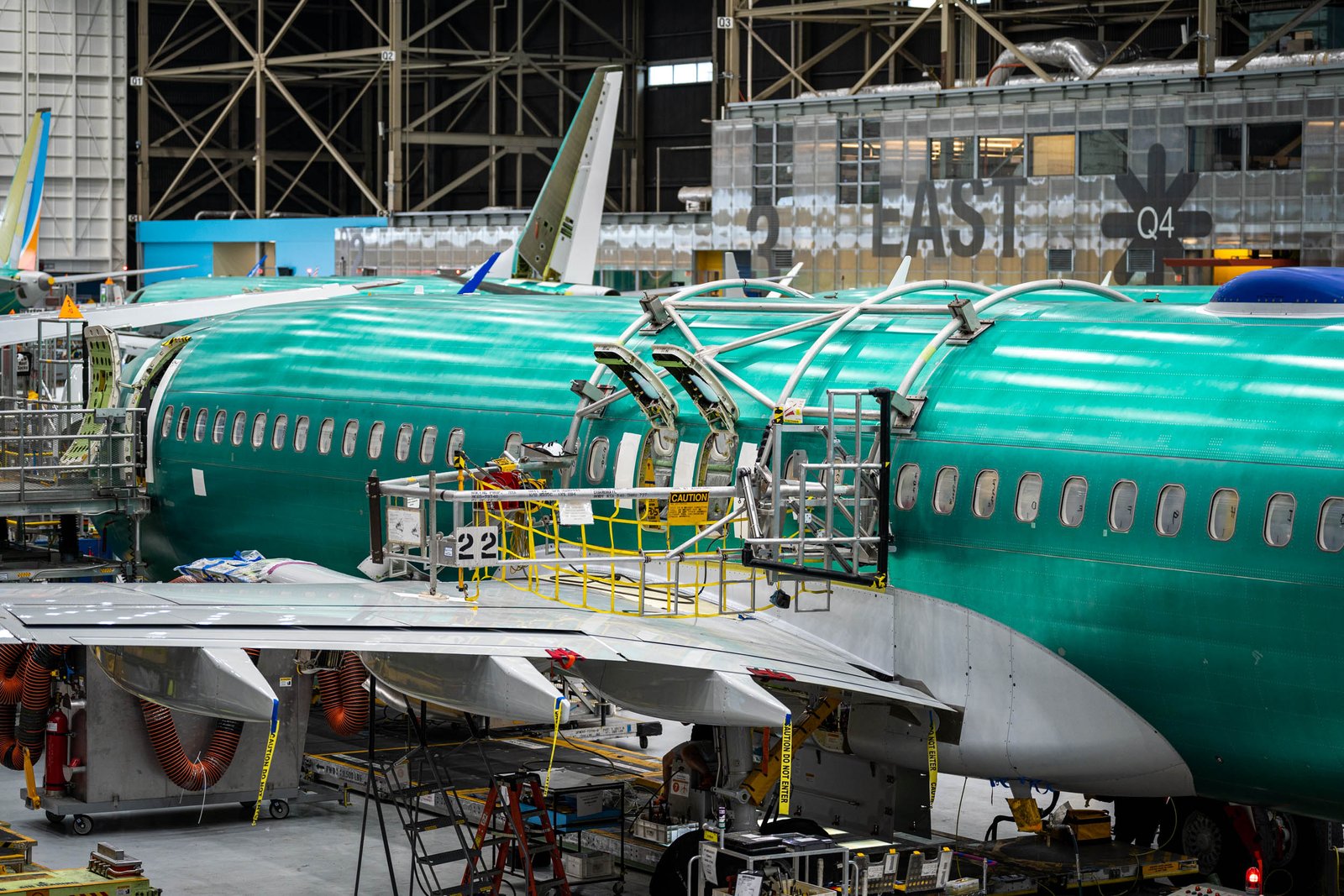The ongoing crisis at Boeing resulting from the recent incident with the 737 MAX has once again disrupted the plans of several U.S. airlines. During an industry conference hosted by JP Morgan, airline executives revealed that they were reducing growth targets for 2024 and adjusting their long-term plans due to the impact of the latest episode involving Boeing’s MAX aircraft.
Southwest Airlines, one of the carriers most affected by the Boeing crisis, announced that it no longer expects to receive Boeing’s smallest and longest-range version of the narrow-body workhorse, the 737 MAX 7, this year. Instead, the airline will only receive 46 of the MAX 8 model, down from an earlier forecast of 58. This reduction in aircraft deliveries has prompted Southwest to cut its capacity for the year and halt most hiring, including pilots and flight attendants.
Similarly, Alaska Airlines stated that its capacity plans are now “in flux” due to shifting timelines around aircraft deliveries. United Airlines CEO Scott Kirby revealed that the airline had instructed Boeing to stop building 737 MAX 10 jets for the carrier until it becomes clearer “if and when” the aircraft will be certified. Instead, United has asked Boeing to produce the smaller, but already certified, 737 MAX 9 during those manufacturing slots.
American Airlines CEO Robert Isom indicated that the airline does not expect to add the 737 MAX 10s announced as part of a recent order to its fleet plans until 2028. However, American Airlines has negotiated contingencies to switch its order to a different MAX variant if there are further delays. Delta Air Lines, which does not currently operate any MAX models but announced an order for the MAX 10 in 2022, did not foresee any cuts to its capacity.
The Boeing crisis began with an incident on an Alaska Airlines flight on January 5, where a door plug broke free from the body of the 737 MAX 9, causing a rapid cabin decompression. Subsequent investigations revealed problems with Boeing’s manufacturing practices, leading to the planemaker failing numerous audits of its quality control procedures by the Federal Aviation Administration.
Boeing had planned to increase its 737 production rate from 38 aircraft per month, but the FAA has prohibited it from doing so until safety concerns are addressed. In a memo to employees, Stan Deal, head of Boeing’s commercial aircraft division, acknowledged the company’s faults and outlined steps to improve safety practices on the assembly line.
Despite their frustrations with Boeing, airline CEOs expressed optimism and confidence in the company’s ability to address the issues. United Airlines’ Kirby praised Boeing for accepting the need for larger changes and expressed willingness to pivot to purchasing the Airbus A321 if necessary. Southwest CEO Bob Jordan believed that Boeing was “embracing” the necessary changes to become a stronger company in the future.
In conclusion, the ongoing crisis at Boeing has once again disrupted the plans of several U.S. airlines, leading to reductions in aircraft deliveries, capacity cuts, and adjustments to long-term plans. While the situation remains challenging, airline executives remain hopeful that Boeing will address the issues and emerge as a better company in the future.

